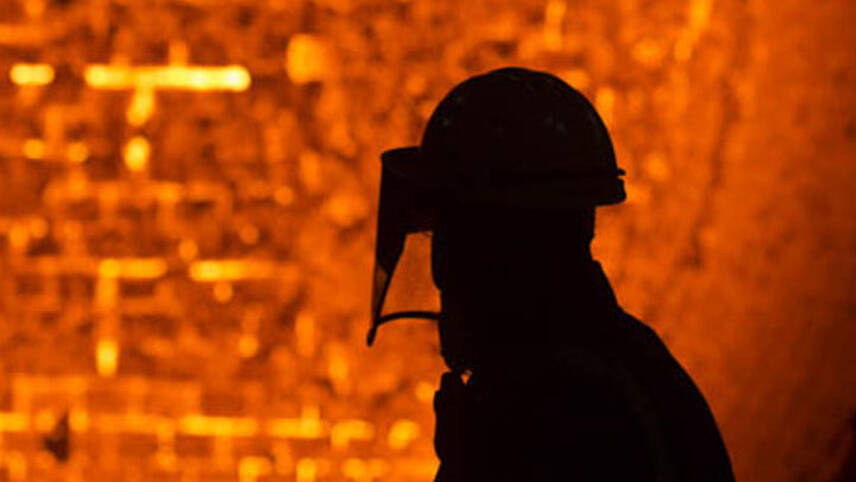Register for free and continue reading
Join our growing army of changemakers and get unlimited access to our premium content

Image: British Steel
The industrial giant announced the proposal this afternoon (6 November) following weeks of speculation on whether it would secure financial support from the Government for its low-carbon transition plans to make their delivery viable.
British Steel’s plans are reportedly supported with up to £500m from Westminster coffers. They include bringing fossil-fuelled blast furnaces offline at the firm’s headquarters in Scunthorpe and its manufacturing site in Teesside, replacing them with electric arc furnaces (EAFs).
The former EAF would be 130 tonnes and the latter 100 tonnes.
British Steel had been looking to add one larger EAF but would have to wait until 2034 for the necessary electric transmission infrastructure to be built out, hence why it has opted for two small EAFs.
The company claims that the switch to two EAFs would reduce the carbon intensity of its materials by 75%. It is also forecasting no decrease in output, with the old blast furnaces only coming offline once the EAFs are fully operational.
British Steel’s chief executive and president Xijun Cao said: “Our desire to dramatically reduce our carbon footprint, coupled with current market conditions, means we can’t wait and need to transform our business as quickly as possible. And while decarbonisation will not happen overnight, it’s imperative we take swift and decisive action to ensure a sustainable future for British Steel.
“We have engaged extensively with the public and private sector to understand the feasibility of producing net zero steel with our current blast furnace operations. However, thorough analysis shows this is not viable.
“Detailed studies show electrification could rapidly accelerate our journey to net zero and drive British Steel towards a sustainable future. It would also ensure we can provide our customers with the steel they require.”
Just transition fears
British Steel has not stated whether jobs will be lost as a result of the change, or how many. But several national media outlets are reporting that between 1,300 and 2,000 roles could be axed, as EAF systems take fewer people to operate than their blast furnace counterparts.
North Lincolnshire Council has, British Steel stated, been asked to support the design of a masterplan for jobs at the Scunthorpe site. The intention is to explore new business opportunities for parts of the site that could be disused.
British Steel has also initiated preliminary talks with trade unions.
TUC general secretary Paul Nowak has already expressed his disappointment in reports so far. He said: “Workers won’t stand back and watch as Britain’s steel industry is dismantled in real-time.
“The Conservatives are presenting a false choice. Other countries have shown that it is possible to transition to zero-carbon steelmaking and protect good steel-making jobs for the future. We can do the same here. The UK badly needs a Biden-style industrial and climate plan.”
Chancellor Jeremy Hunt is expected to present a UK response to the US’s Inflation Reduction Act at the Autumn Statement later this month.
He has already been warned that, without a clearer plan for financing the decarbonisation of steel, businesses may be imposed with new import costs from partners including the EU, thanks to evolving carbon taxation regimes.
The Energy and Climate Intelligence Unit (ECIU) is urging policymakers to set out a strategic vision on the role of EAFs compared with hydrogen options.
Its head of analysis Dr Simon Cran-McGreehin said: “Whilst electric arc furnaces have a role in recycling steel, failing to invest in modern hydrogen furnaces belies the Government’s promises to invest for the longer term.
“As we’re seeing in countries like Sweden and Germany, hydrogen furnaces can produce a wider variety of steel for UK manufacturers and secure more jobs.
“If the UK had a green industrial strategy to rival the US and EU, it would help to attract investment, modernise our industries and protect jobs; as it is, decisions like this risk just seeing us fall even further behind in the clean investment race.”


Please login or Register to leave a comment.